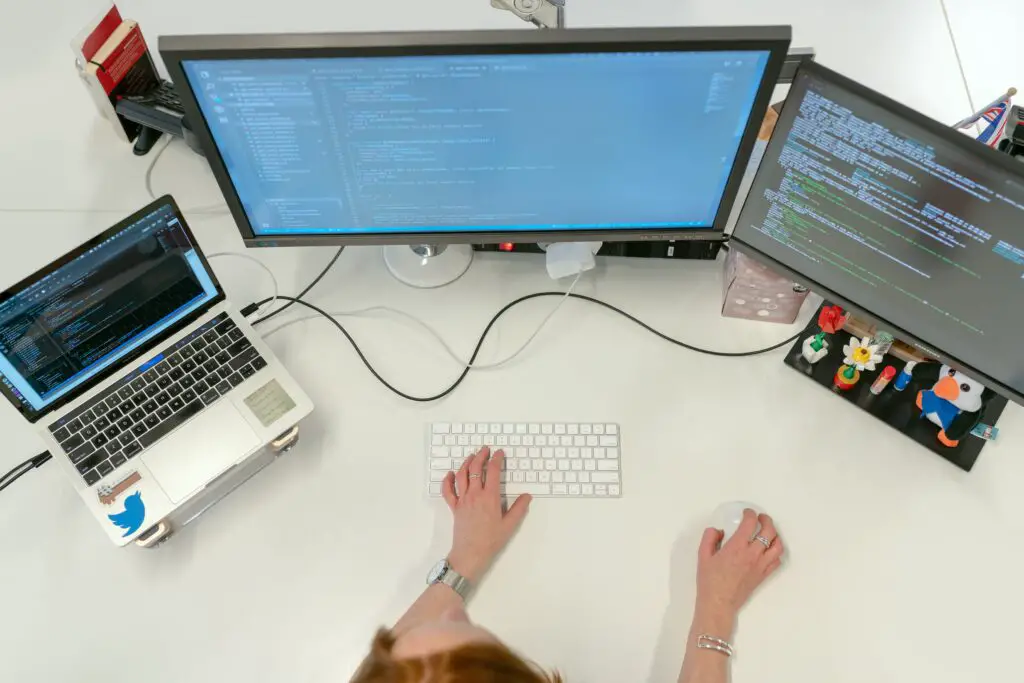Embracing the Power of Node.js on CentOS 8
In the ever-evolving realm of web development, Node.js stands tall as a formidable powerhouse. Its lightning-fast performance and event-driven architecture have made it a go-to choice for building scalable, efficient web applications. For CentOS 8 enthusiasts seeking to harness the potential of Node.js, embarking on the installation journey can seem like threading through a labyrinth. Fear not, for this guide is a beacon of clarity amidst the maze, illuminating each step towards installing Node.js on your CentOS 8 environment. Let’s delve into the intricacies and unveil the path to Node.js enlightenment.

Understanding Node.js:
Unraveling its Significance
Node.js is more than just a runtime environment for executing JavaScript outside the browser; it’s a catalyst for transformative web development experiences. At its core, Node.js operates on the V8 JavaScript engine, renowned for its swiftness in executing code. Embracing an event-driven, non-blocking I/O model, Node.js redefines efficiency by allowing multiple concurrent operations without stalling the execution. This asynchronous nature proves invaluable, especially in handling numerous client requests in web applications. Its package manager, npm, forms the backbone of its expansive ecosystem, boasting a treasure trove of modules and libraries, fostering unparalleled development capabilities.
Prerequisites:
Preparing the CentOS 8 Environment
Before immersing ourselves in the Node.js installation saga, it’s crucial to set the stage. Ensuring that your CentOS 8 system is up-to-date is the preliminary step to a seamless installation journey. Employ the prowess of the terminal by executing ‘sudo yum update’ to synchronize the system with the latest repository offerings. Following this, installing the essential development tools like GCC, make, and the C++ compiler aids in compiling and building Node.js from its source code. Leveraging the command ‘sudo yum install gcc-c++ make’ fortifies your system for the forthcoming Node.js installation extravaganza.
Node.js Installation via NodeSource:
The Gate to Node.js
NodeSource stands as a reputable gateway to Node.js installations, offering dedicated repositories for various Linux distributions. To embark on this path, start by importing the NodeSource GPG key into the system’s keyring. Employ the command ‘curl -sL https://rpm.nodesource.com/setup_16.x | sudo -E bash -‘ to summon this key into your CentOS 8 realm. Following this ritualistic incantation, proceed to install Node.js by invoking ‘sudo yum install -y nodejs’. Witness the installation wizardry unfold as Node.js finds its home within your CentOS 8 sanctuary, empowering you with its transformative capabilities.
Verification and Validation:
Ensuring Node.js Mastery
Now that Node.js has graced your CentOS 8 ecosystem, it’s prudent to verify its presence and bask in the glory of successful installation. Utilize the command ‘node -v’ to summon forth the version of Node.js residing within your domain. Witness the numerical testament to your triumph. Furthermore, invoke ‘npm -v’ to embrace the version of npm nestled within your system, augmenting your development prowess. These commands, akin to ceremonial rites, authenticate the presence of Node.js and npm, certifying your ascent into the Node.js realm.
Crafted within these virtual scrolls lies the wisdom to invoke the essence of Node.js within the CentOS 8 realm. Navigate this labyrinth no more, for the beacon of enlightenment has illuminated the path. Embrace Node.js, and let the symphony of JavaScript orchestrate transformative web experiences within your CentOS 8 kingdom.
